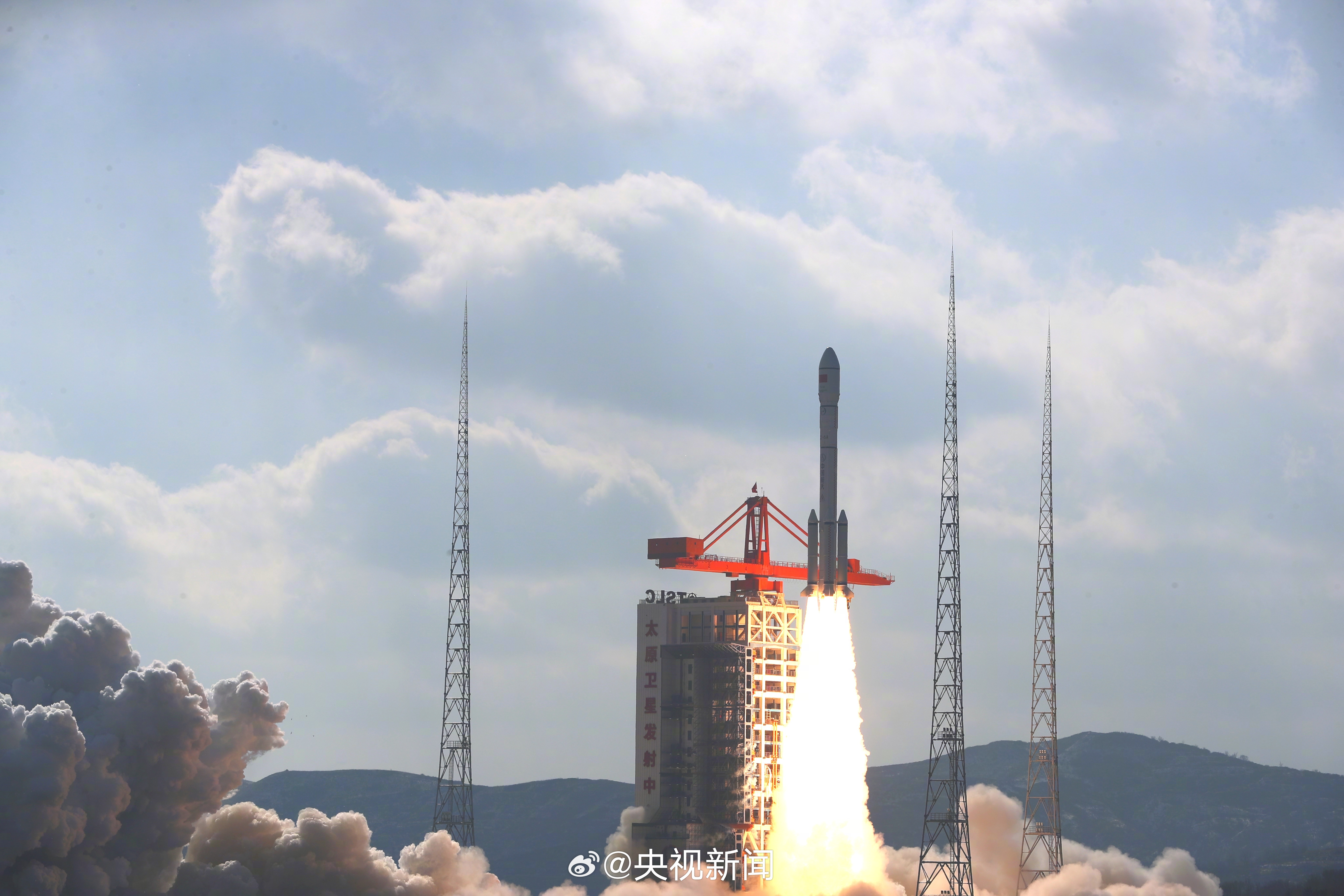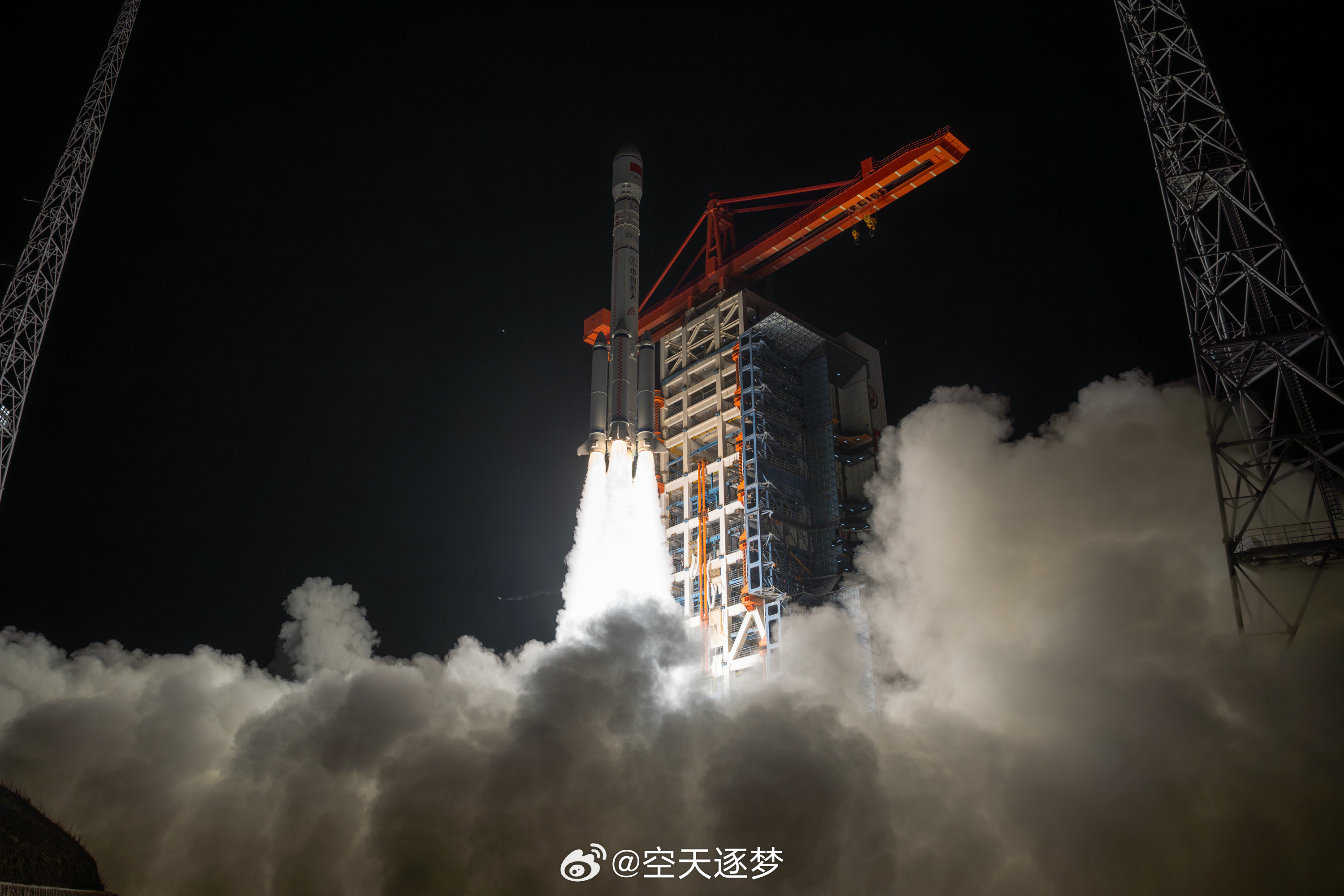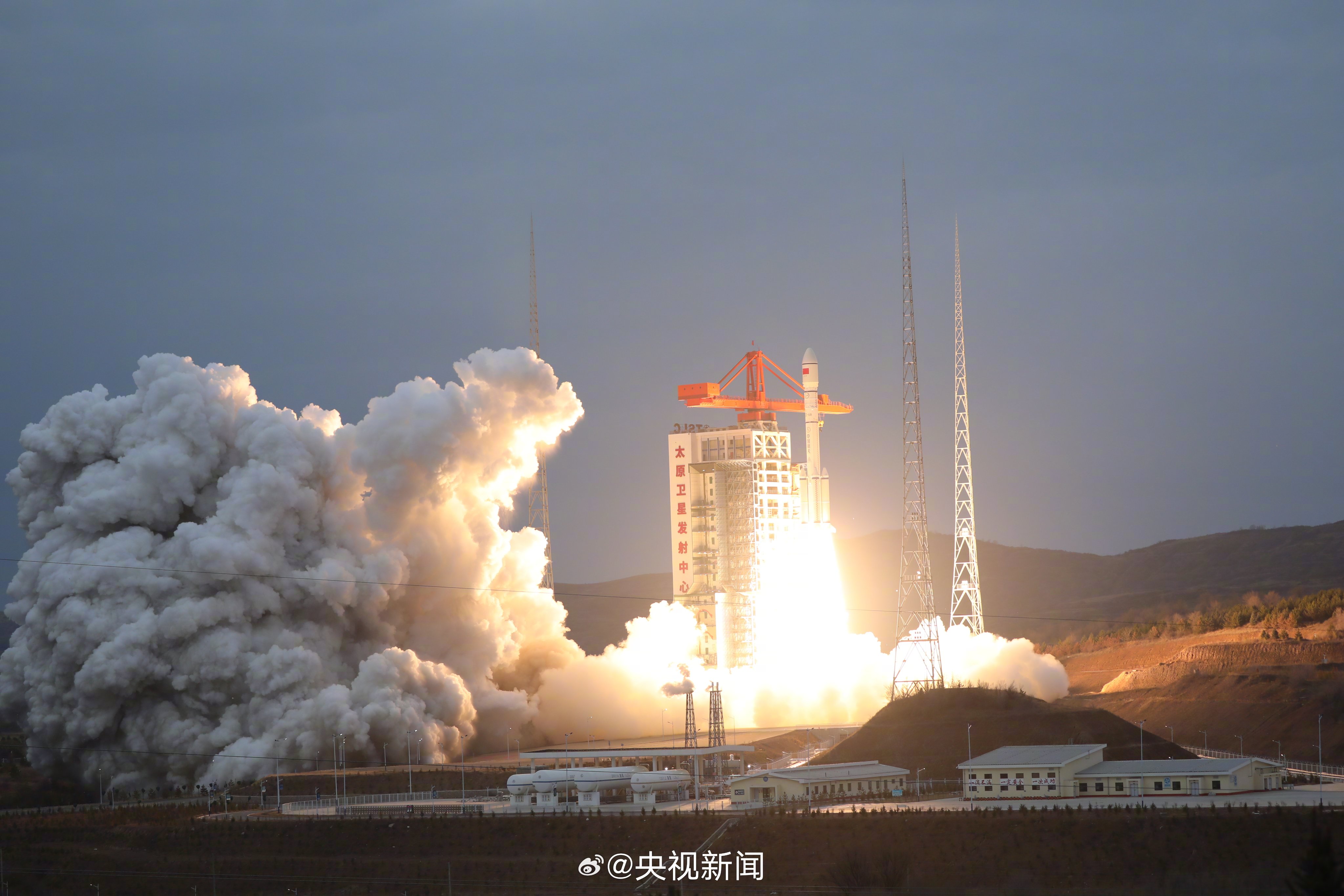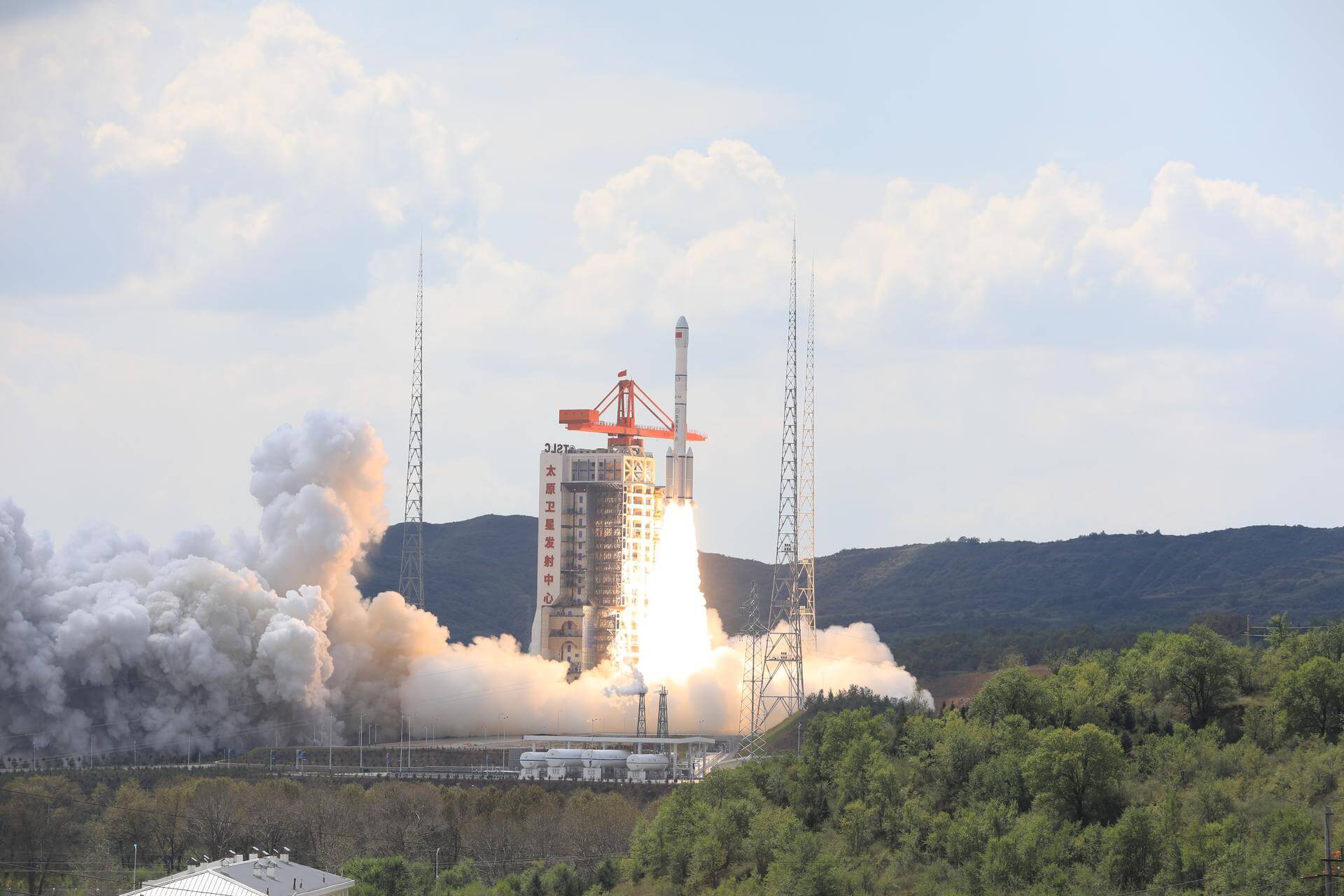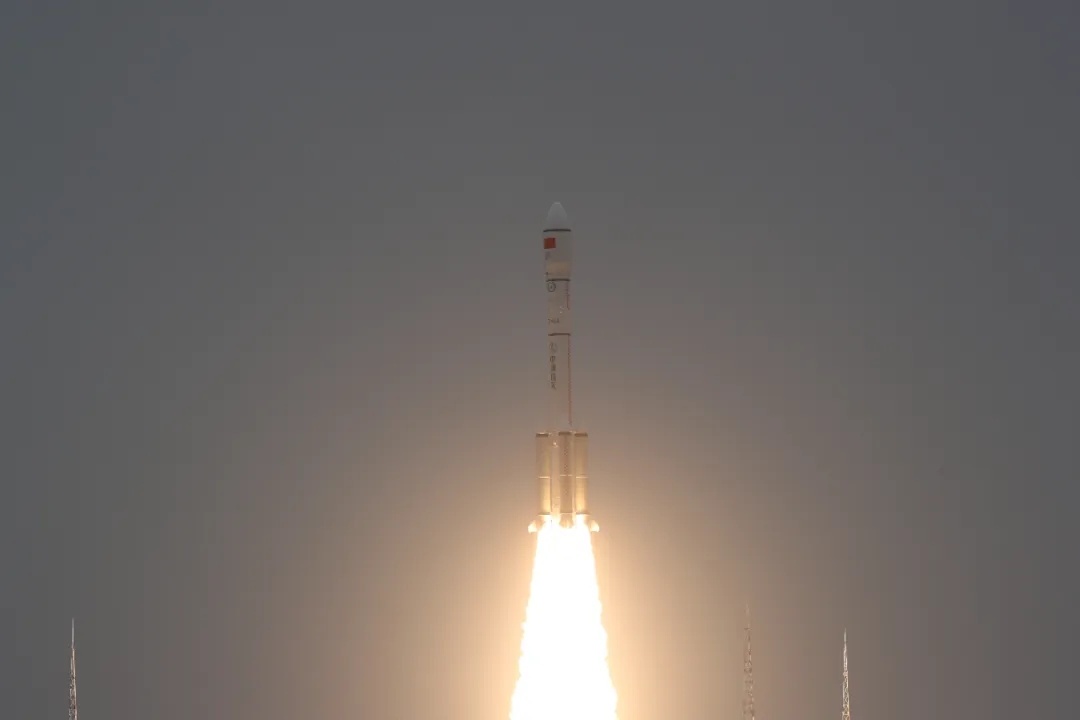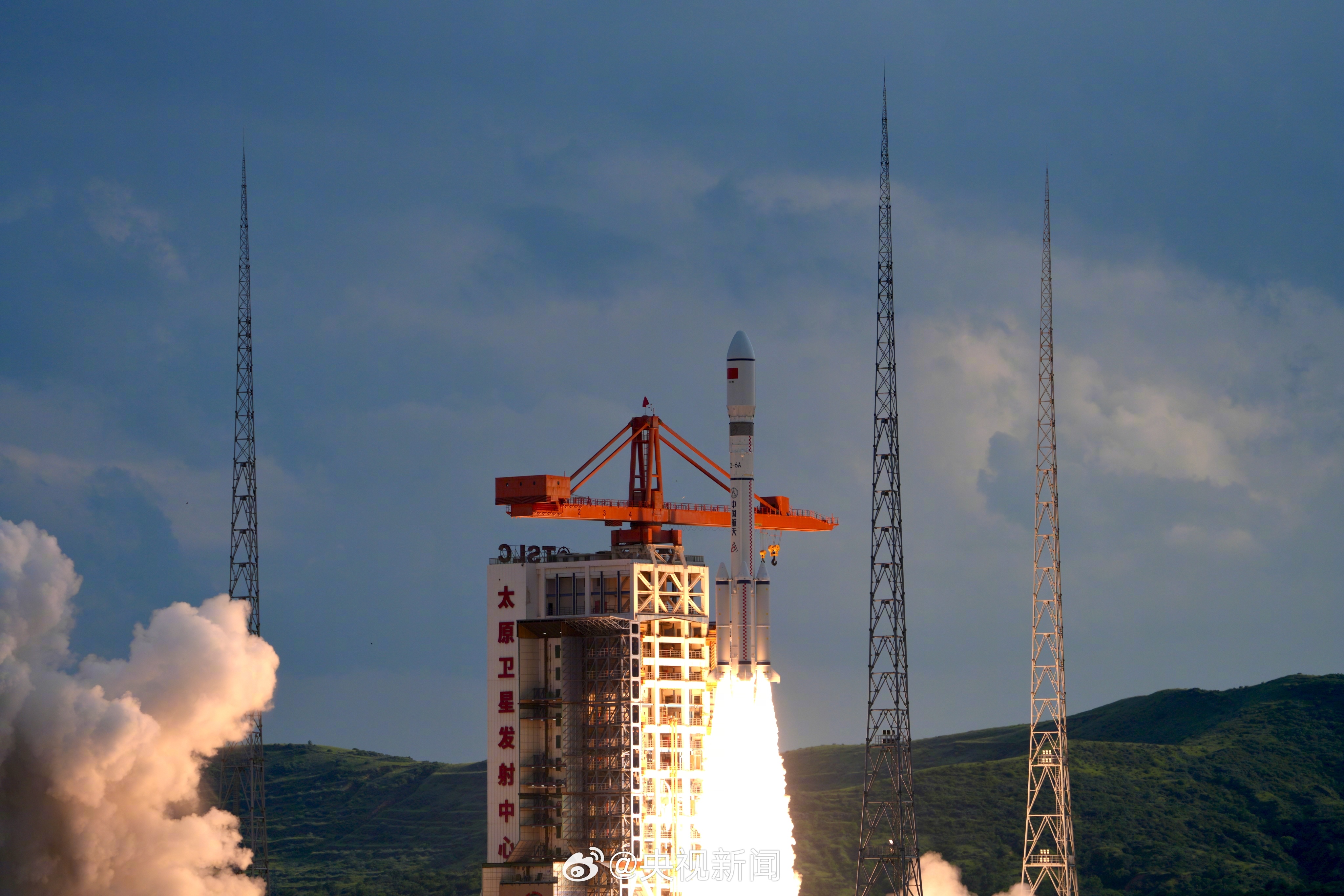
Long March 6A
ActiveChina Aerospace Science and Technology Corporation (CASC)
March 29, 2022
Description
The Long March 6A is a Chinese launch vehicle of the Long March family, which was developed by the China Aerospace Science and Technology Corporation (CASC) and the Shanghai Academy of Spaceflight Technology (SAST). The vehicle is a further development of the Long March 6, with 2 YF-100 engines on the first stage as opposed to 1 on the Long March 6, augmented by 4 solid rocket boosters. The Long March 6A is China's first rocket with solid rocket boosters. The maiden launch of the Long March 6A took place 29 March 2022, successfully reaching orbit. It was also the first launch from the newly built launch complex 9A in Taiyuan.
Specifications
-
Minimum Stage
1 -
Max Stage
2 -
Length
50.0 m -
Diameter
3.35 m -
Fairing Diameter
5.2 m -
Launch Mass
530.0 T -
Thrust
7230.0 kN
Family
-
Name
Long March 6A -
Family
― -
Variant
A -
Alias
― -
Full Name
Long March 6A
Payload Capacity
-
Launch Cost
― -
Low Earth Orbit
― -
Geostationary Transfer
Orbit
― -
Direct Geostationary
― -
Sun-Synchronous Capacity
6400.0 kg
China Aerospace Science and Technology Corporation
Government
Chairman & President: Lei Fanpei
CASC 1999The China Aerospace Science and Technology Corporation (CASC) is the main contractor for the Chinese space program. It is state-owned and has a number of subordinate entities which design, develop and manufacture a range of spacecraft, launch vehicles, strategic and tactical missile systems, and ground equipment. It was officially established in July 1999 as part of a Chinese government reform drive, having previously been one part of the former China Aerospace Corporation. Various incarnations of the program date back to 1956.
Long March 6A | G60 Polar Group 18
China Aerospace Science and Technology Corporation | ChinaTaiyuan Satellite Launch Center, People's Republic of China
Oct. 17, 2025, 7:08 a.m.
Status: Launch Successful
Mission:
18 Low Earth Orbit communication satellites with Ku, Q and V band payloads for the G60 constellation operated by Shanghai Spacesail Technologies with funding backed by the Shanghai local government. Initial constellation will consist of 1296 satellites by 2027 with long term plans to expand it to 12000 satellites.
Polar OrbitLong March 6A | SatNet LEO Group 11
China Aerospace Science and Technology Corporation | ChinaTaiyuan Satellite Launch Center, People's Republic of China
Sept. 27, 2025, 12:40 p.m.
Long March 6A | Yaogan 40 Group 03
China Aerospace Science and Technology Corporation | ChinaTaiyuan Satellite Launch Center, People's Republic of China
Sept. 6, 2025, 4:34 p.m.
Long March 6A | SatNet LEO Group 09
China Aerospace Science and Technology Corporation | ChinaTaiyuan Satellite Launch Center, People's Republic of China
Aug. 17, 2025, 2:15 p.m.
Long March 6A | SatNet LEO Group 05
China Aerospace Science and Technology Corporation | ChinaTaiyuan Satellite Launch Center, People's Republic of China
July 27, 2025, 10:03 a.m.
Long March 6A | SatNet LEO Group 04
China Aerospace Science and Technology Corporation | ChinaTaiyuan Satellite Launch Center, People's Republic of China
June 5, 2025, 8:45 p.m.
Long March 6A | Yaogan 40 Group 02
China Aerospace Science and Technology Corporation | ChinaTaiyuan Satellite Launch Center, People's Republic of China
May 11, 2025, 1:27 p.m.
Long March 6A | Shiyan 27 01-06
China Aerospace Science and Technology Corporation | ChinaTaiyuan Satellite Launch Center, People's Republic of China
April 18, 2025, 10:51 p.m.
Long March 6A | G60 Polar Group 06
China Aerospace Science and Technology Corporation | ChinaTaiyuan Satellite Launch Center, People's Republic of China
Jan. 23, 2025, 5:15 a.m.
Status: Launch Successful
Mission:
18 Low Earth Orbit communication satellites with Ku, Q and V band payloads for the G60 constellation operated by Shanghai Spacecom Satellite Technology (SSST) with funding backed by the Shanghai local government. Initial constellation will consist of 1296 satellites by 2027 with long term plans to expand it to 12000 satellites.
Polar OrbitLong March 6A | G60 Polar Group 03
China Aerospace Science and Technology Corporation | ChinaTaiyuan Satellite Launch Center, People's Republic of China
Dec. 5, 2024, 4:41 a.m.
Status: Launch Successful
Mission:
18 Low Earth Orbit communication satellites with Ku, Q and V band payloads for the G60 constellation operated by Shanghai Spacecom Satellite Technology (SSST) with funding backed by the Shanghai local government. Initial constellation will consist of 1296 satellites by 2027 with long term plans to expand it to 12000 satellites.
Polar OrbitLong March 6A | G60 Polar Group 02
China Aerospace Science and Technology Corporation | ChinaTaiyuan Satellite Launch Center, People's Republic of China
Oct. 15, 2024, 11:06 a.m.
Status: Launch Successful
Mission:
18 Low Earth Orbit communication satellites with Ku, Q and V band payloads for the G60 constellation operated by Shanghai Spacecom Satellite Technology (SSST) with funding backed by the Shanghai local government. Initial constellation will consist of 1296 satellites by 2027 with long term plans to expand it to 12000 satellites.
Polar OrbitLong March 6A | G60 Polar Group 01
China Aerospace Science and Technology Corporation | ChinaTaiyuan Satellite Launch Center, People's Republic of China
Aug. 6, 2024, 6:42 a.m.
Status: Launch Successful
Mission:
18 Low Earth Orbit communication satellites with Ku, Q and V band payloads for the G60 constellation operated by Shanghai Spacecom Satellite Technology (SSST) with funding backed by the Shanghai local government. Initial constellation will consist of 1296 satellites by 2027 with long term plans to expand it to 12000 satellites.
Polar OrbitLong March 6A | Tianhui 5 Group 02
China Aerospace Science and Technology Corporation | ChinaTaiyuan Satellite Launch Center, People's Republic of China
July 4, 2024, 10:49 p.m.
Long March 6A | Yunhai 3-02
China Aerospace Science and Technology Corporation | ChinaTaiyuan Satellite Launch Center, People's Republic of China
March 26, 2024, 10:51 p.m.
Long March 6A | Tianhui 5
China Aerospace Science and Technology Corporation | ChinaTaiyuan Satellite Launch Center, People's Republic of China
Oct. 31, 2023, 10:50 p.m.
Long March 6A | Yaogan 40
China Aerospace Science and Technology Corporation | ChinaTaiyuan Satellite Launch Center, People's Republic of China
Sept. 10, 2023, 4:30 a.m.
Long March 6A | Yunhai 3
China Aerospace Science and Technology Corporation | ChinaTaiyuan Satellite Launch Center, People's Republic of China
Nov. 11, 2022, 10:52 p.m.
Long March 6A | Demo Flight (Pujiang-2 & Tiankun-2)
China Aerospace Science and Technology Corporation | ChinaTaiyuan Satellite Launch Center, People's Republic of China
March 29, 2022, 9:50 a.m.
Status: Launch Successful
Mission:
First launch of the Long March 6A rocket. Pujiang 2 is a Chinese technology demonstration satellite. Tiankun-2 is a satellite developed by CASIC, which is a technology demonstration mission to test out their new small satellite bus.
Sun-Synchronous OrbitFalcon 9
Transporter 15 (Dedicated SSO Rideshare)
Space Launch Complex 4E - Vandenberg SFB, CA, USADedicated rideshare flight to a sun-synchronous orbit with dozens of small microsatellites and nanosatellites for commercial and government customers.
Soyuz 2.1a
Soyuz MS-28
31/6 - Baikonur Cosmodrome, Republic of KazakhstanSoyuz MS-28 will carry three cosmonauts and one astronaut to the International Space Station aboard the Soyuz spacecraft from the Baikonur Cosmodrome…
Nuri
CAS500-3
LC-2 - Naro Space Center, South KoreaCAS500-3 is a South Korean Earth observation satellites to be used by the Ministry of Science and ICT for space technology verification and space sci…
Angara 1.2
Kosmos (Unknown Payload)
35/1 - Plesetsk Cosmodrome, Russian FederationNote: Payload identity and Cosmos series numbering not confirmed. Unknown Payload(s) for the Russian military.
Long March 2F/G
Shenzhou 22
Launch Area 4 (SLS-1 / 921) - Jiuquan Satellite Launch Center, People's Republic of ChinaShenzhou 22 (Chinese: 神舟二十二号) will be the 22nd flight of the Shenzhou program. The spacecraft will be launched without crew to replace Shenzhou 20 th…

